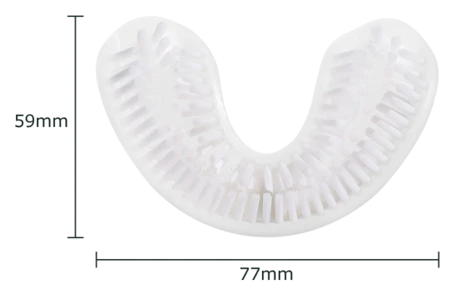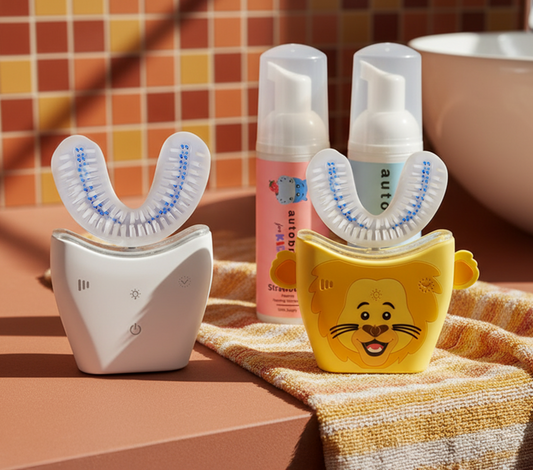
What the Plaque?
You may not be alone...in the sense that there can be bacteria living in your mouth, causing cavities and gingivitis. These can lead to tooth loss and painful gum disease – a disease that is skyrocketing! This bacteria living in your mouth is called plaque. So what the plaque is going here? Let’s dive in and explore what plaque actually is, how to get rid of it, and how to prevent it from resurfacing to ensure a lifetime of strong, healthy teeth.
What is plaque?
Plaque is a sticky layer of material containing bacteria that accumulates on teeth, including areas where traditional toothbrushes can't reach. Many of the foods you consume leave bacteria in your mouth that can then produce acids, damaging your teeth and causing disease if left uncleaned.
Plaque also produces substances that irritate the gums, making them red, sensitive, and susceptible to bleeding. This can irritate gums to a point that causes them to eventually move upwards and away from the teeth, and form pockets that fill with bacteria and pus. If the gums are not treated, the bone around the teeth can be destroyed and teeth may become loose or have to be removed. This, my friends, is called gum disease – and it’s on the rise!
Foods that cause plaque:
- Sugar
- Bread
- Crackers
- Cereal
- Other sugars and starches
How can I get rid of plaque?
The best way to remove plaque is by brushing and cleaning between your teeth every day. Plaque is, in fact, the very reason why brushing your teeth is an established and necessary task to do on a daily basis, twice a day. Unfortunately, it’s not being done properly by people all over the world, and plaque is still a major issue taking over people’s lives. It’s like showering daily, and scrubbing every inch of your body except for your underarms. No matter how clean the rest of you may be, your underarm area will still result in poor hygiene and body odor.
The same goes for not brushing every inch of your teeth. This is why it is recommended to brush from every side and angle for a total of 120 seconds each, or 2 full minutes. Or, you can invest in a smart toothbrush, one that automatically gives every spot on your teeth an intimate professional cleaning for you. Check out the AutoBrush here if interested!
Now, you don’t have to deal with plaque any longer! Say goodbye to plaque for good.












